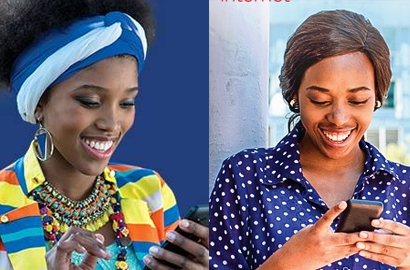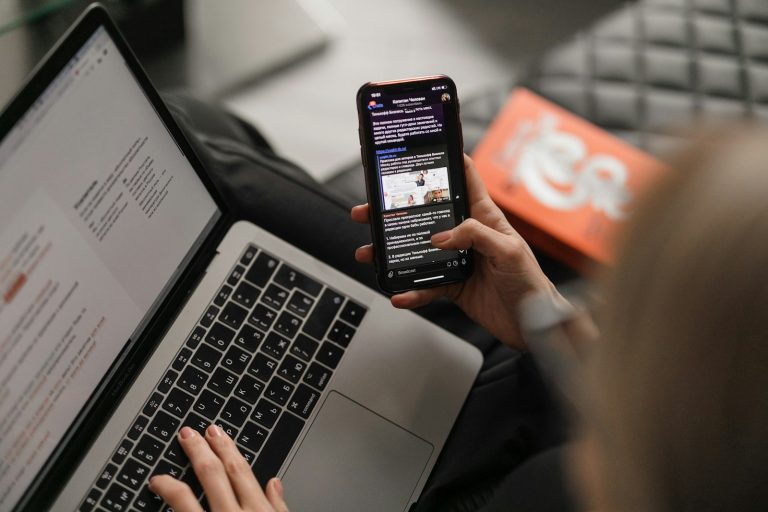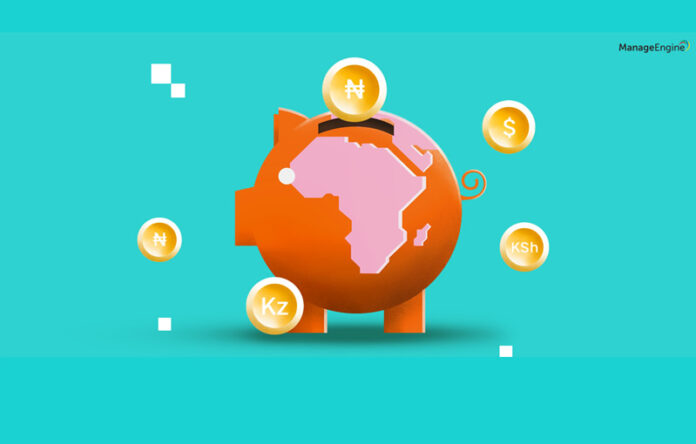The Mobile Money Sector Processes $1 Trillion in 2021

The GSMA has released its tenth annual ‘State of the Industry Report on Mobile Money’ today. It reveals that mobile money adoption and use will continue to grow in 2021, with a record $1 trillion processed annually.
The industry has seen a significant increase in the number of registered accounts, with an 18% increase since 2020, reaching 1.35 billion globally.
Every hour, the volume of person-to-person transactions reached more than 1.5 million. According to the report, one of the most significant drivers of growth was merchant payments, which nearly doubled year on year. It also emphasizes how mobile money remains a critical pillar of financial and economic inclusion, particularly for women.
Providing significant growth in merchant payments
In 2021, mobile money expanded its value proposition beyond person-to-person transfers and cash-in/cash-out transactions. It is now playing an important role in people’s and businesses’ daily lives, particularly in low and middle-income countries (LMICs). The expansion of ecosystem transactions such as merchant payments, international remittances, bill payments, and bulk disbursements, along with interoperable transactions, is accounting for a larger share of the global mobile money transaction mix.
Merchant payments aided the growth of the mobile money industry in 2021. The value of merchant payments nearly doubled, reaching an average of $5.5 billion in monthly transactions. Providers are demonstrating that by offering better incentives, such as efficient remote onboarding processes, they can attract businesses to their platform.
In Kenya, for example, more than 18 percent of new merchants are self-onboarding since Safaricom’s M-PESA began allowing companies to register for an account online. “The year 2021 marked the beginning of mobile money’s diversification into B2B services.” Beyond traditional person-to-person transactions, such as money transfers to family or friends, the industry is now central in assisting small businesses to operate more efficiently and serve their customers better,” said Max Cuvellier, GSMA’s Head of Mobile for Development.
Increasing women’s financial inclusion
Mobile money has also been a driving force in increasing financial inclusion for the world’s most vulnerable people, particularly women. Women are gaining more control over their finances thanks to mobile money, which allows them to purchase items that they desperately need.
Furthermore, 44 percent of providers responding to the GSMA Global Adoption Survey now offer credit, savings, or insurance products, allowing underserved people to invest in their livelihoods and futures.
With a gender gap in mobile money account ownership ranging from 7% in Kenya to 71% in Pakistan, there are still some barriers to vulnerable people benefiting from mobile money.
Owning a mobile phone is an obvious prerequisite for using mobile money, and women in LMICs are 7% less likely to own one than men. Women own 143 million fewer mobile phones than men.
Another barrier to mobile money access is a lack of awareness of mobile money, as well as a lack of perceived relevance, knowledge, and skills.
While some progress has been made, the report emphasizes that more needs to be done to close the gender gap in mobile money across LMICs. Policymakers, the private sector, donors, and other stakeholders must work together to learn from success stories, address the issue, and ensure that existing gender inequalities do not worsen, especially in light of the COVID-19 pandemic.
Mobile Money enables access to humanitarian aid, utilities and agricultural solutions
According to the report, the number of people in need of humanitarian assistance is expected to reach 274 million by 2022. Mobile money is expected to play an increasingly important role in both donations – where it improves the efficiency and transparency of delivery systems for humanitarian actors and donors – and aid receipt.
In 2020, the UN Refugee Agency (UNHCR) will provide $700 million in cash and value assistance (CVA) to 8.5 million people in 100 countries. They have established digital payment systems in 47 countries, 15 of which use mobile money.
The digitisation of CVA via mobile money has the potential to promote agency and dignity, as well as financial inclusion, in many humanitarian settings. Mobile money also aids in the provision of basic utility services and agricultural solutions in LMICs. To ensure that this work continues, the mobile industry and humanitarian sector must continue to collaborate to advance inclusive digital and financial inclusion even further for those in greatest need.







